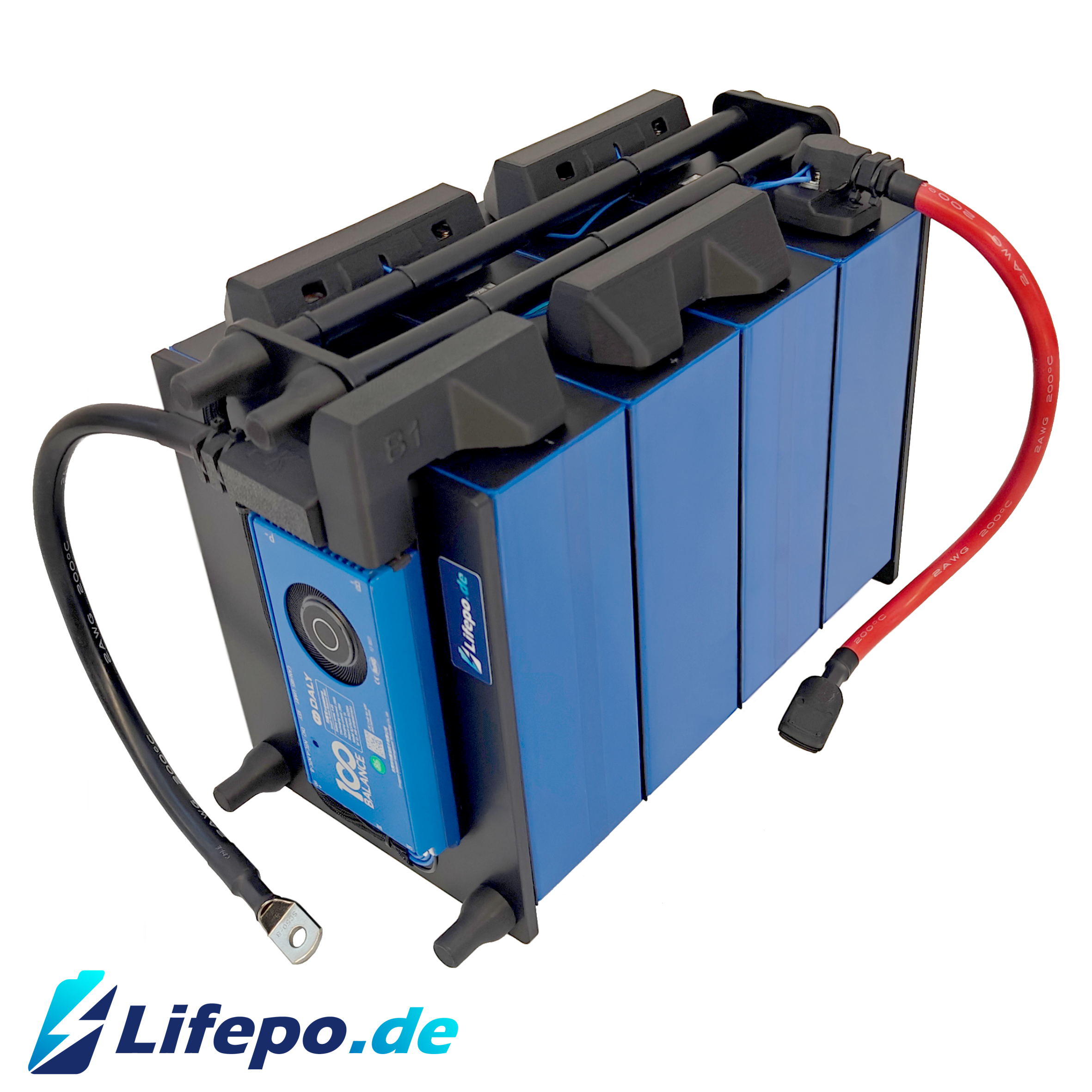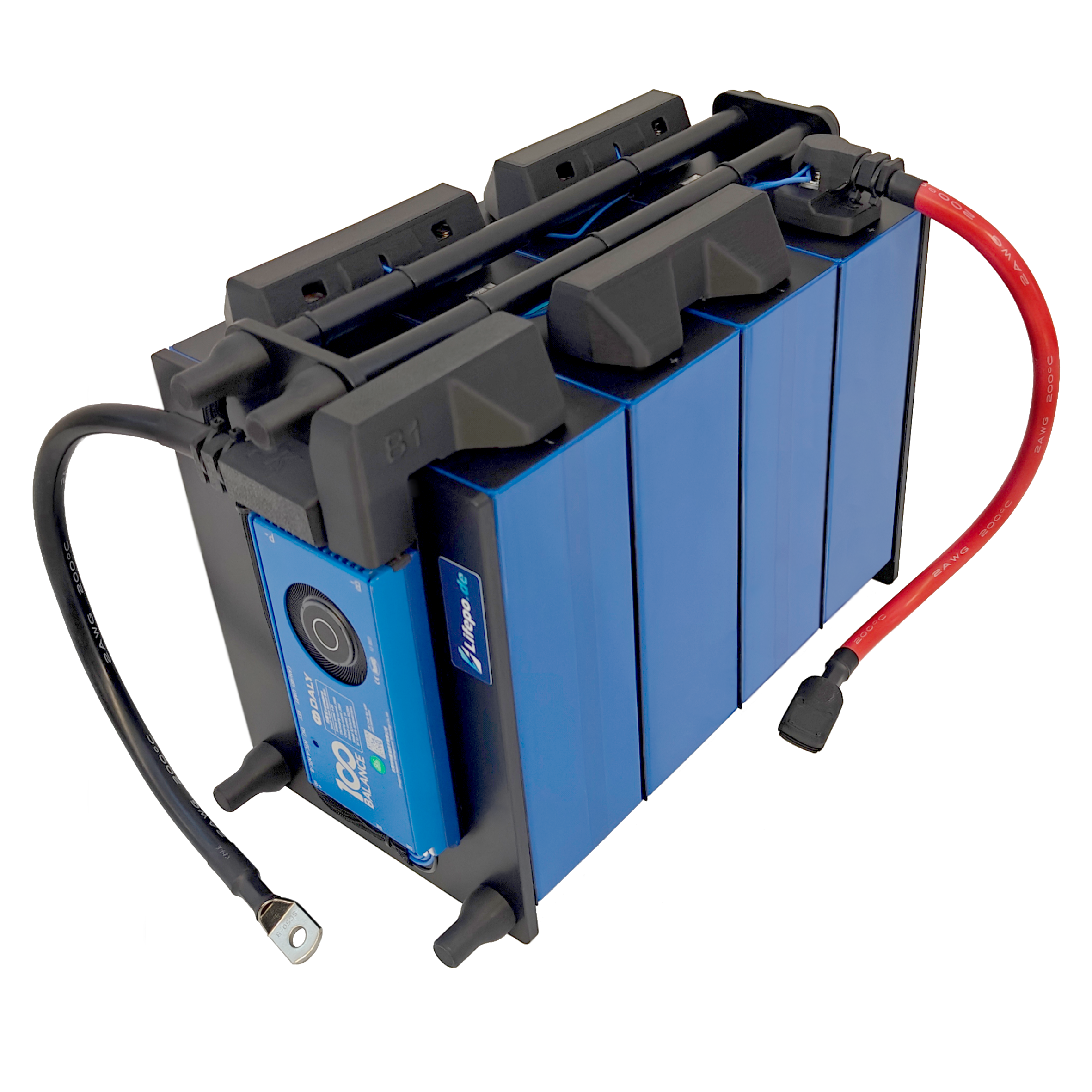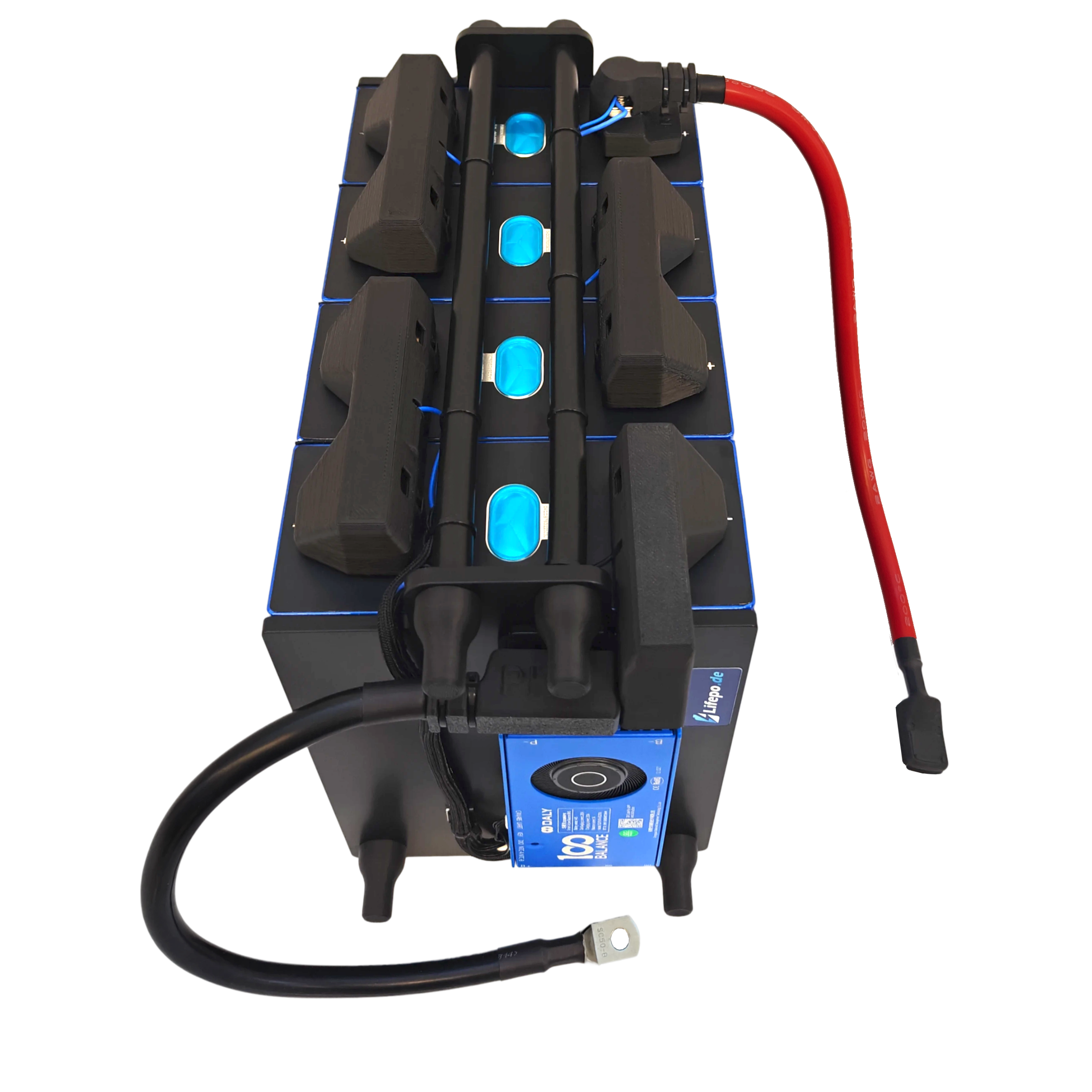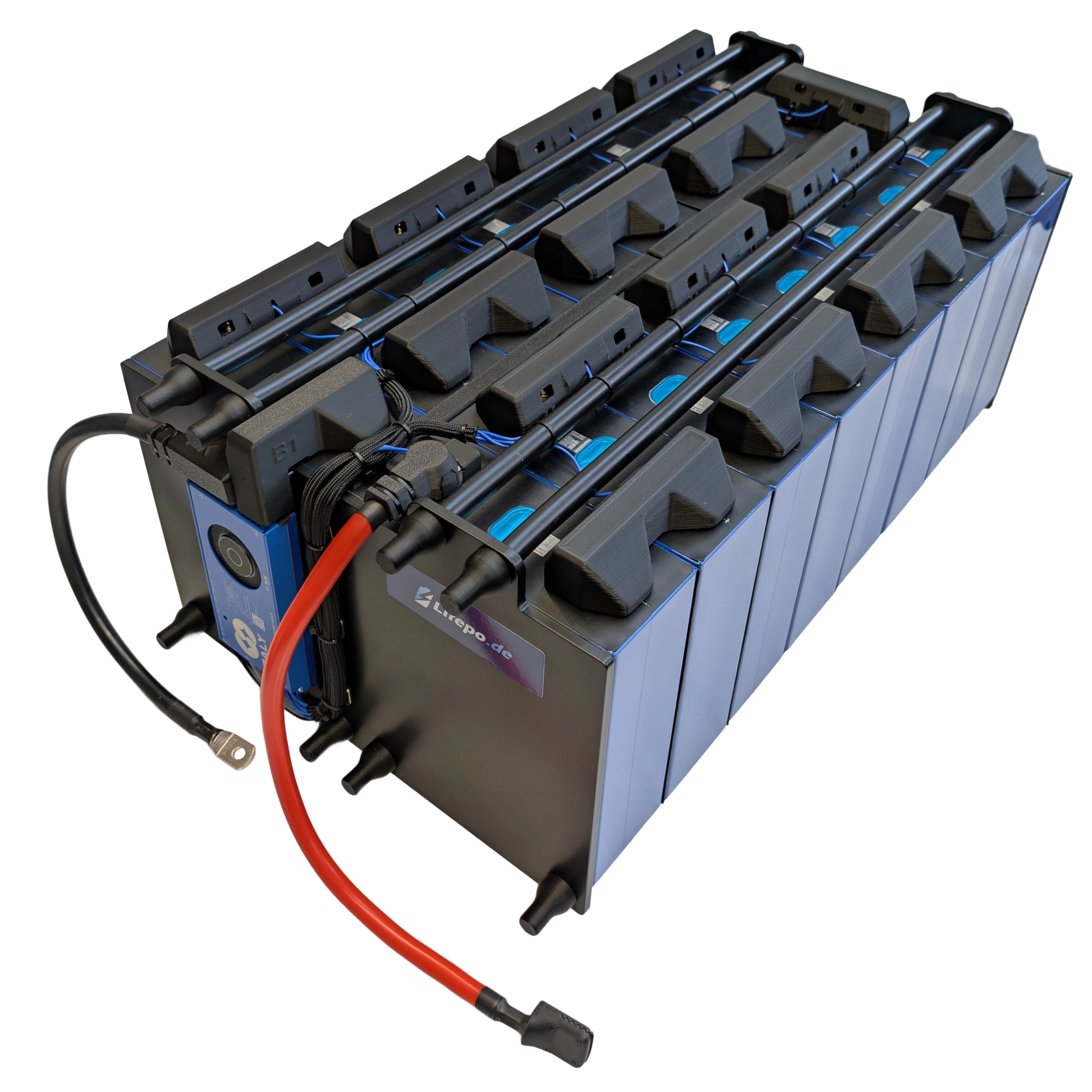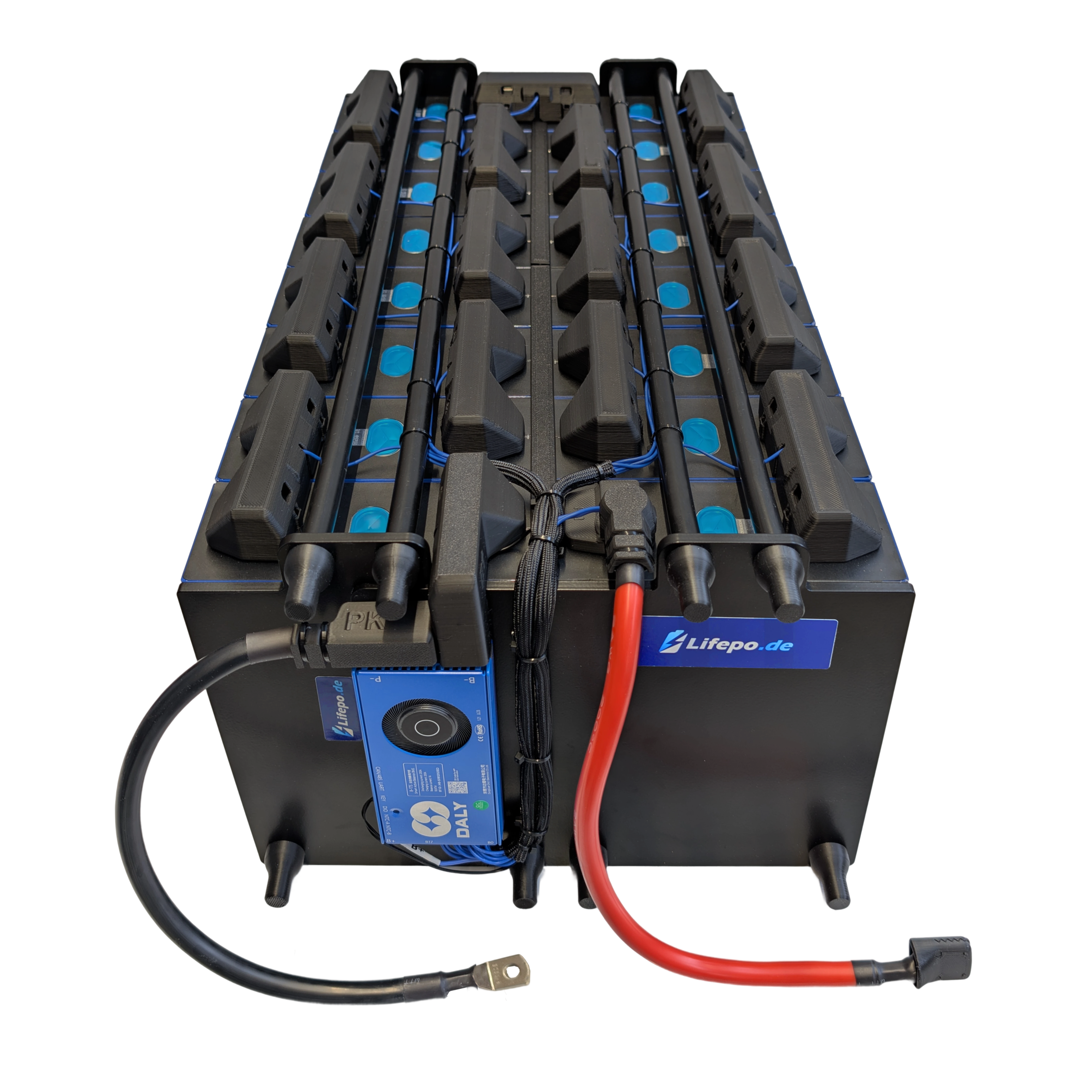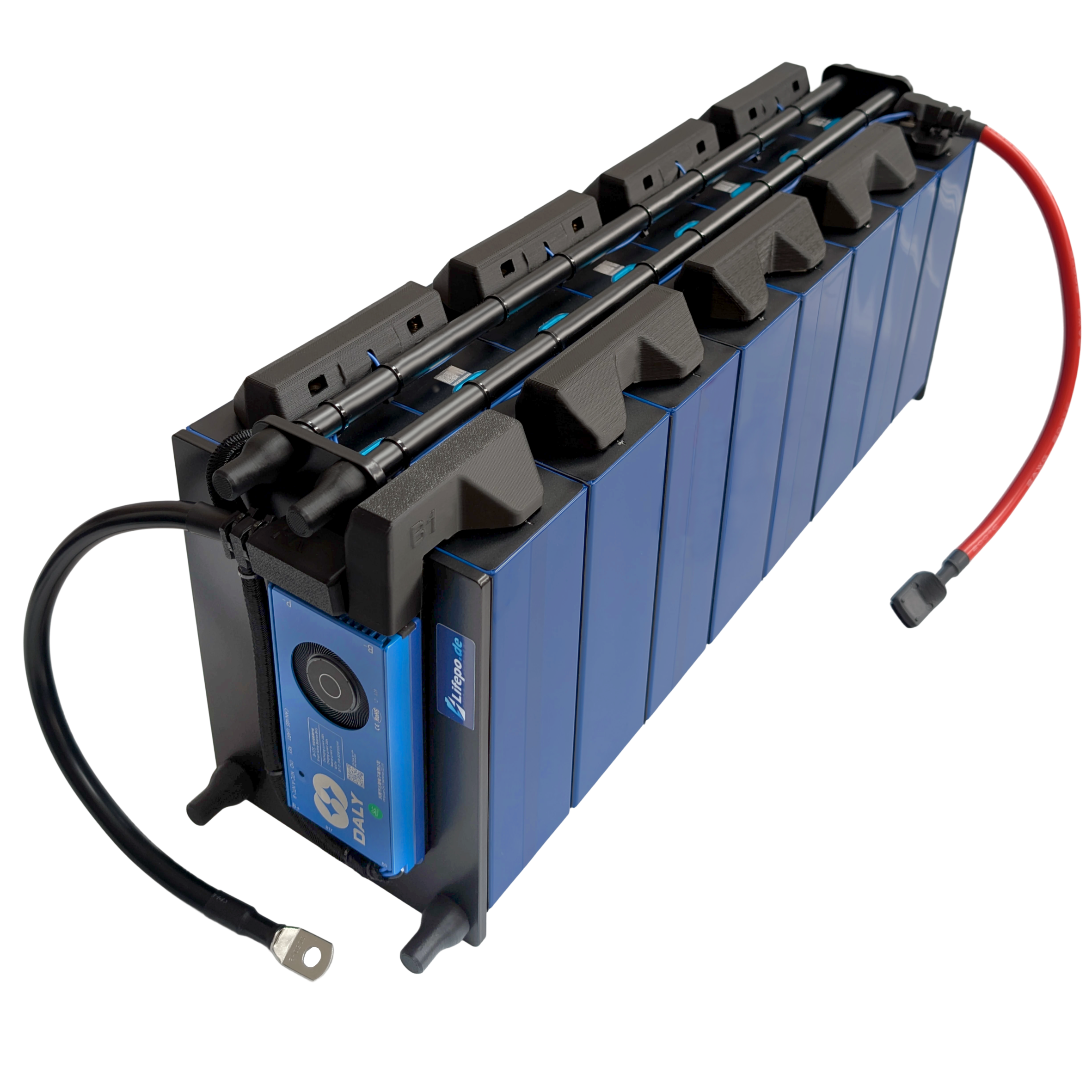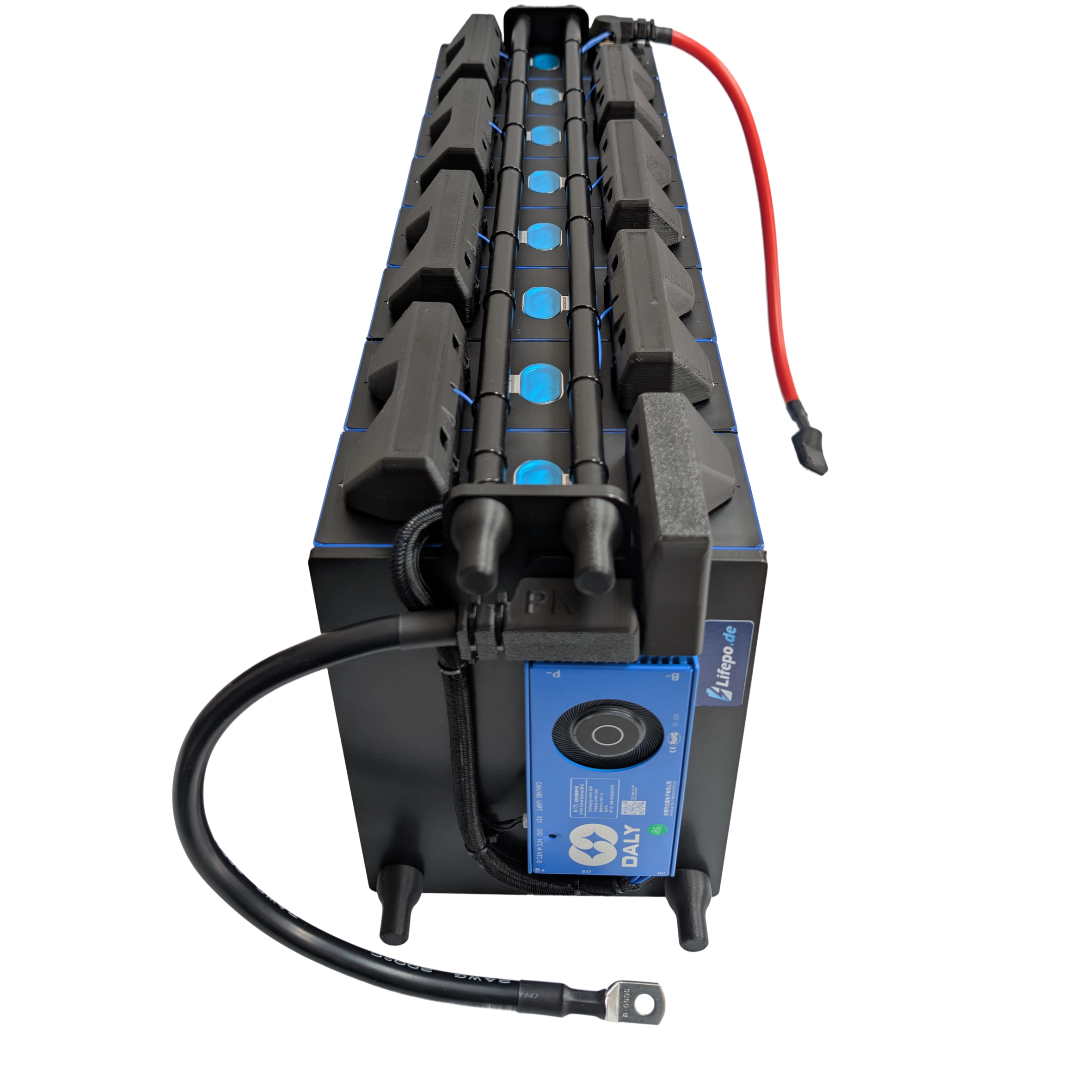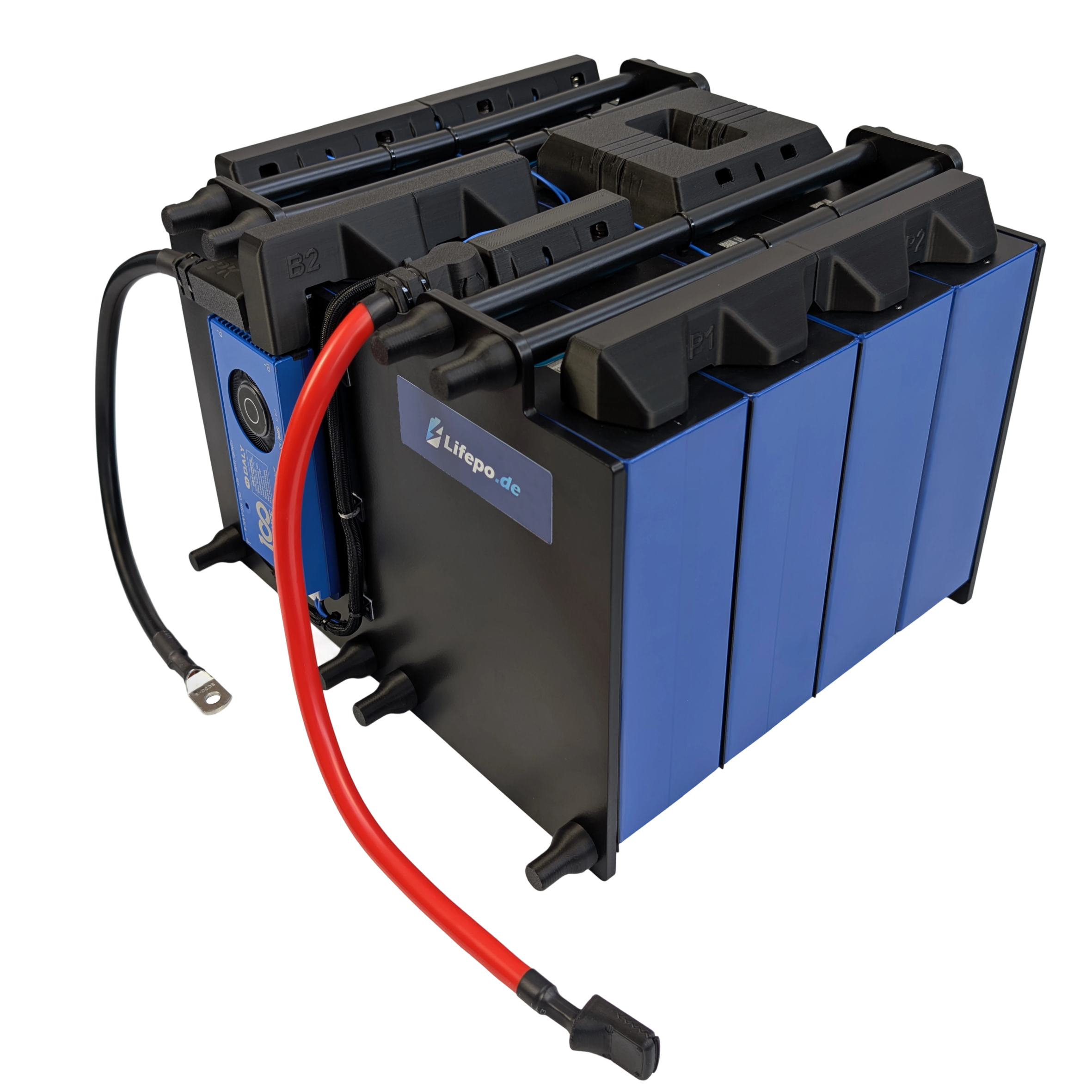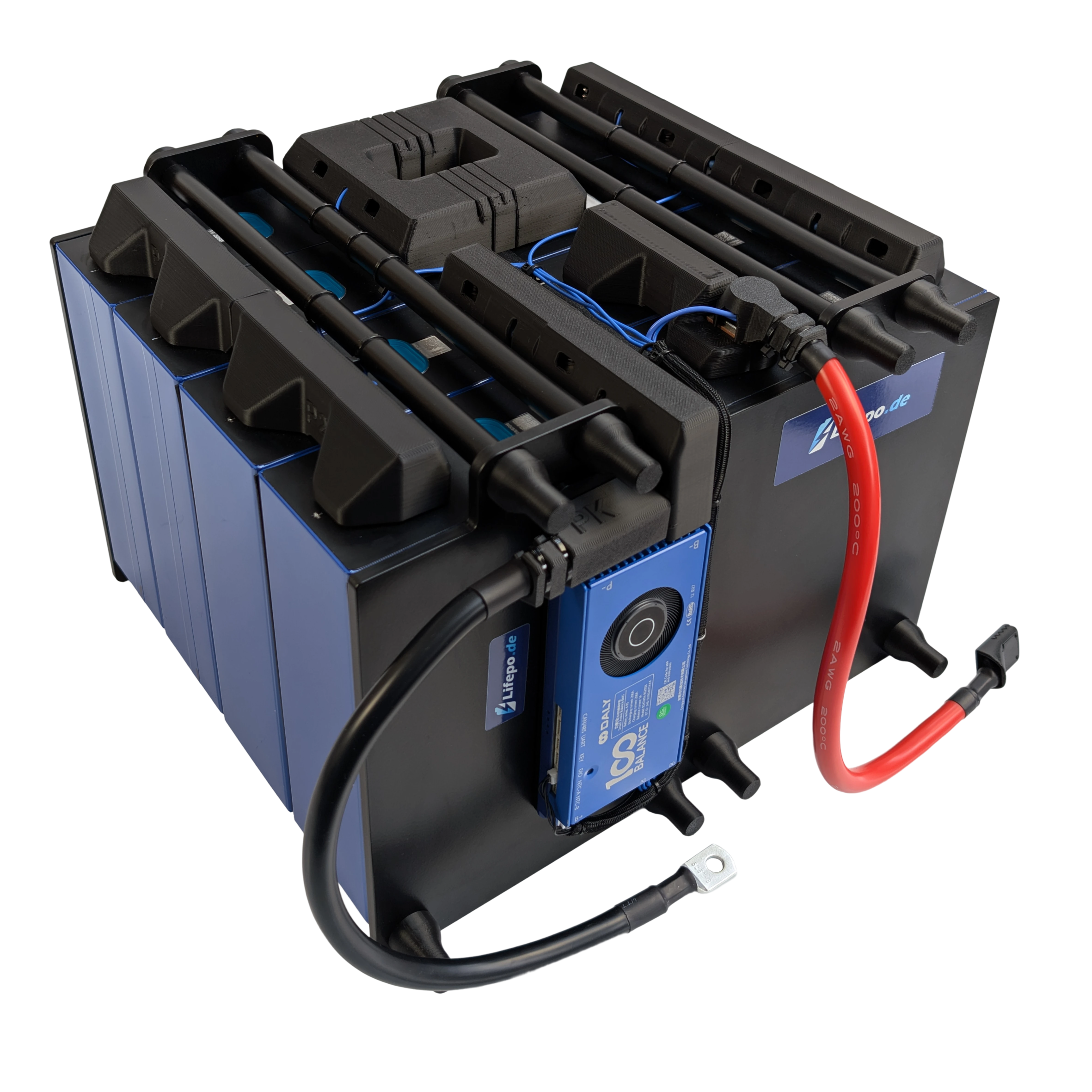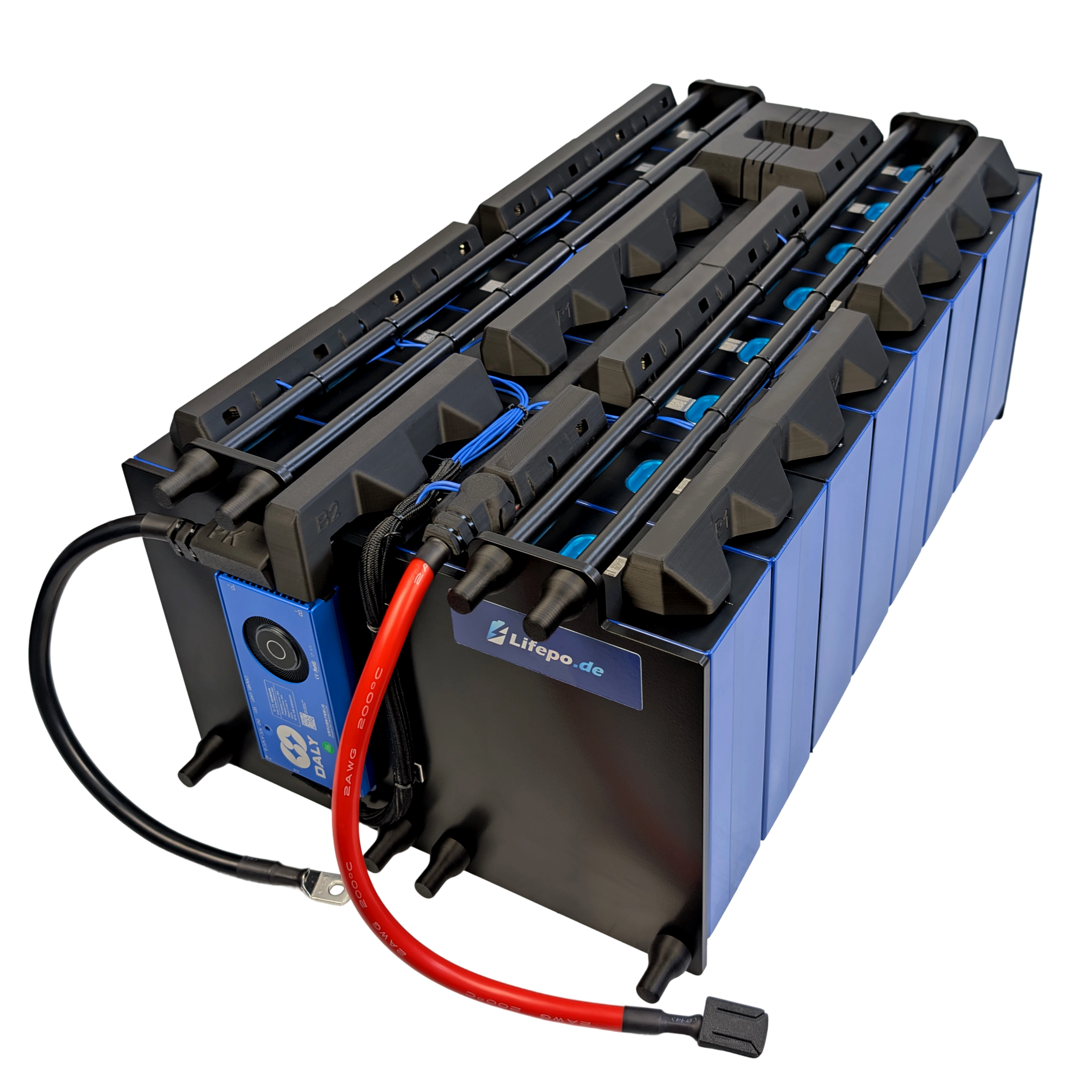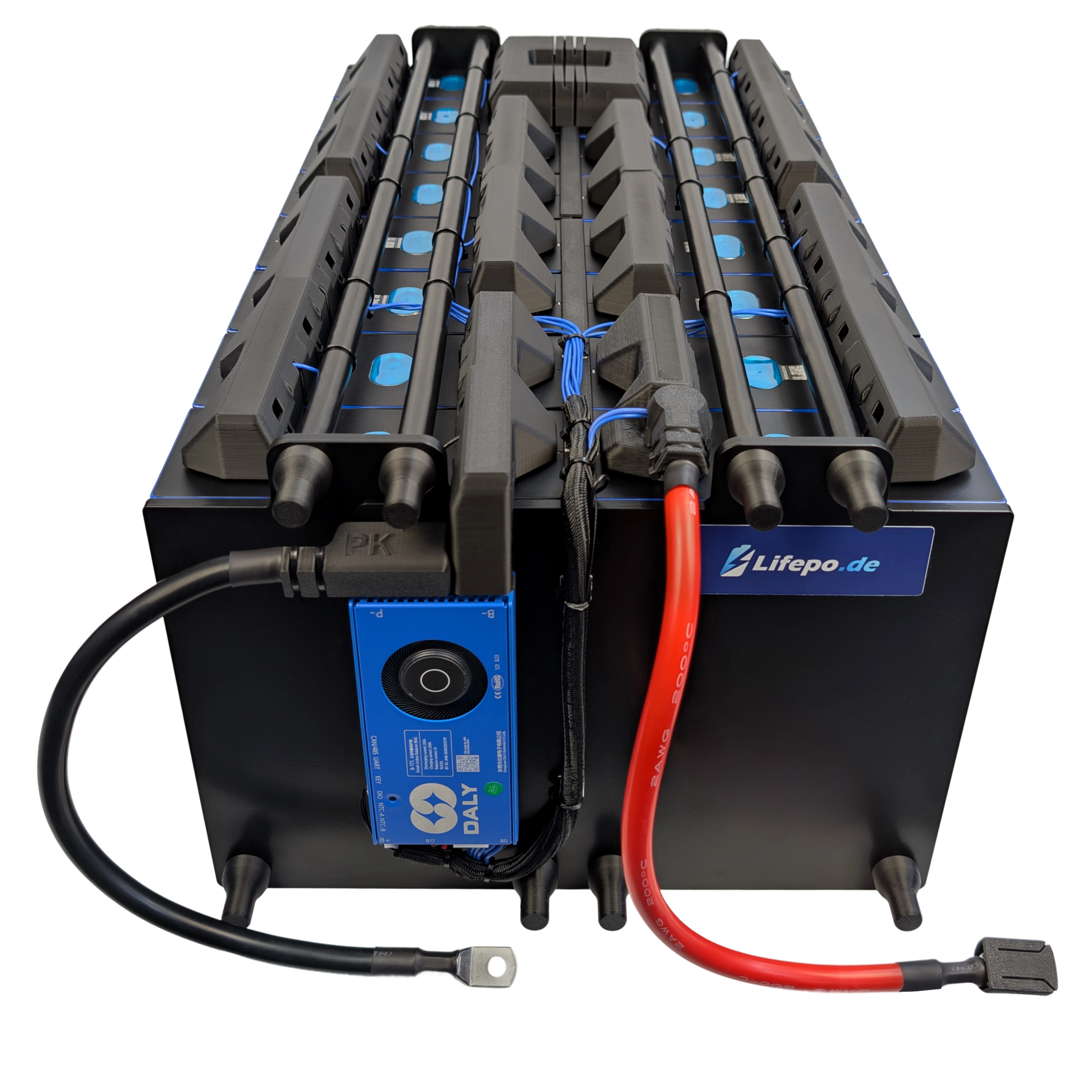Menu
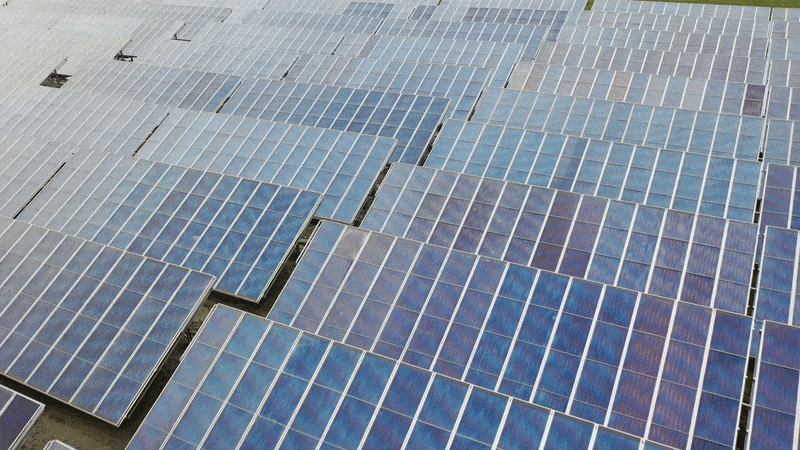
How PV systems with LiFePo4 batteries work.
Solar power is the future. Here we show you how you can feed the energy from your solar system into the grid using our batteries.
How does photovoltaics work?
The question many people ask is: How does solar energy work? Unlike energy from wind turbines or power plants, PV solar modules have no moving parts – so how exactly is this energy generated?
Solar panels They capture the sun's energy and convert it into electricity and heat. Solar energy is generated using silicon-based photovoltaic cells. Several PV cells form a solar module, and many solar modules are joined together to form a row. which usually covers roofs or solar parks.
How can LiFePO4 batteries be connected to PV systems?
The LiFePo4 battery It serves as a storage unit for the electricity generated by the PV system. It is not directly connected to the PV system, as a solar charge controller is first installed to convert the electricity. This current is then stored in the battery. The inverter, which converts the battery's direct current into alternating current, is connected to the battery. This alternating current corresponds to the 230V mains supply and powers everything. household appliances.
Photovoltaic systems should be installed by qualified professionals. Please contact us for Have your electrician handle the installation.
So why operate a PV system with LiFePo4 batteries?
Besides their long lifespan and straightforward, seamless integration into PV systems, LiFePO4 batteries can serve as a good replacement for traditional heating systems and reduce dependence on the electricity grid. They are a good alternative to gas heating systems because the electricity generated by PV systems can easily power air source heat pumps. This allows homes to become independent of gas or the electricity grid.
Even smaller systems, such as balcony power plants, can help reduce dependence on electricity. They can be operated in a small space with minimal effort and significantly reduce a household's electricity consumption and dependence on the grid.
Have we piqued your interest? Then shop our Lifepo4 battery kits here:
Lifepo4 battery kits
- If you make a selection, the page will be completely updated.
